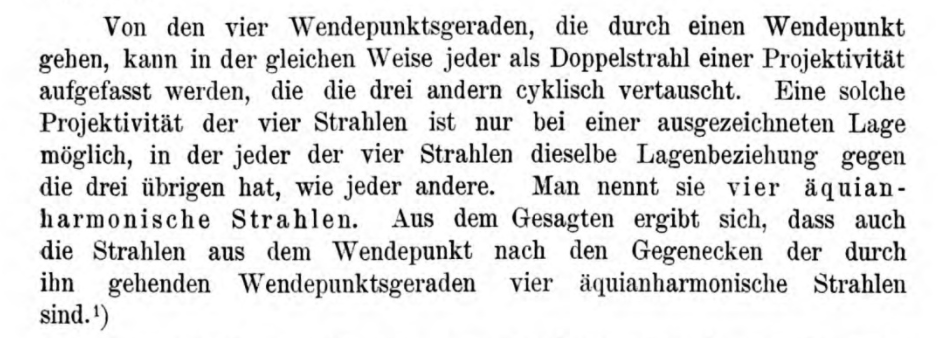I have found several references where the elliptic curve $y^2=x^3-1$ is called the equianharmonic curve, and, more often, where the half-period of this curve $$ \omega_1 = \frac{\Gamma(1/3)^3}{4\pi} $$ is called the equianharmonic constant, the corresponding semi-period for the elliptic curve $y^2=x^3-x$ is called the Lemniscate constant.
I think that the anharmonic ratio of four points is another name for the cross-ratio, if we look the action of $S_4$ in the cross ratio we see that it is fixed by $K$, Klein's four-group, and $S_4/K \simeq S_3$ is called the anharmonic group, that can be viewed as the group of Mobius transformations $$ \lambda, \frac{1}\lambda, 1-\lambda, \frac{1}{1-\lambda}, \frac{1-\lambda}{\lambda}, \frac{\lambda}{1-\lambda} $$ This group has three especial orbits with less than 6 elements: $\{0,1,\infty\}$, $\{-1,\tfrac{1}{2}, 2\}$ called the harmonic case, and $\{\pm e^{2\pi i/6}\}$ which might be called the equianharmonic case but I am bot sure.
My question is why is it called equianharmonic curve/constant? I expect it to have a relationship with the group but I can't figure out which. If so, does the harmonic case have a similar relationship with some other elliptic curve ($y^2=x^3-x$ for instance)?
Thank you and sorry if it is a silly question.

